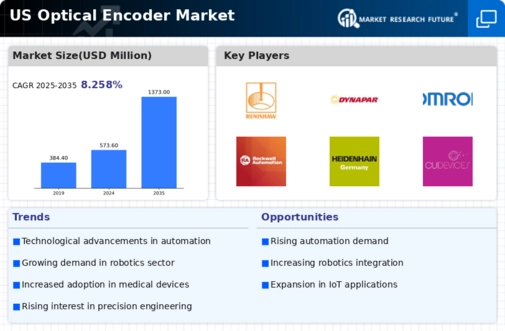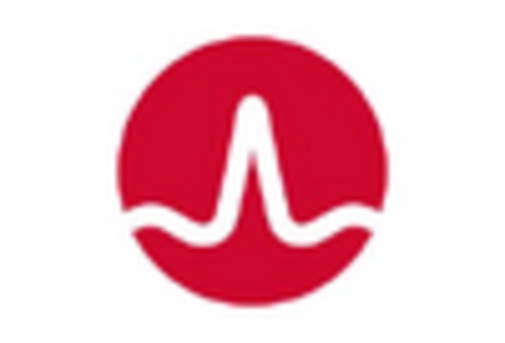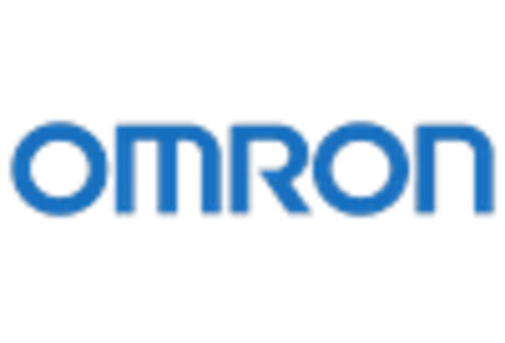The US Optical Encoder Market is characterized by a dynamic landscape where technological advancement and diverse applications drive its competitiveness. This market encapsulates various segments, including incremental and absolute encoders, used in industries ranging from robotics to automation and aerospace. The competitive insights are shaped by several factors such as innovation, product variety, pricing strategies, and geographic reach. Companies strive to establish strong partnerships and leverage cutting-edge technology to enhance product offerings and meet specific industry demands. In this environment, both established giants and emerging players compete fervently, with a focus on delivering precision, reliability, and efficiency.
Renishaw has established a strong foothold in the US Optical Encoder Market, recognized for its cutting-edge technology and innovative solutions.
The company is renowned for producing high-precision encoders that cater to a variety of sectors, including manufacturing and automation. Renishaw's strength lies in its commitment to quality and reliability, backed by comprehensive research and development initiatives that consistently yield advanced products. By maintaining a robust presence in the US market, Renishaw is able to leverage local expertise and proximity to customers, enhancing its responsiveness to market needs.
This customer-centric approach not only strengthens its position but also helps facilitate the development of customized solutions tailored to specific applications, underscoring the company's reputation for excellence in optical encoder technology within the region. Dynapar plays a significant role in the US Optical Encoder Market, offering a diverse range of products and services that cater to various industries.
The company stands out for its extensive portfolio of optical encoders, including rotary and linear encoders, which are known for their reliability and durability. Dynapar emphasizes innovation and continuous improvement, maintaining a strong market presence through strategic partnerships and collaborations. The company has a history of fruitful mergers and acquisitions that have enabled it to expand its product range and improve its competitive edge.
With a focus on enhancing operational efficiency and customer satisfaction, Dynapar has positioned itself as a trusted manufacturer capable of delivering high-performance solutions tailored to meet the evolving demands of the US market, further solidifying its status as a key player in the optical encoder sector.






















Leave a Comment